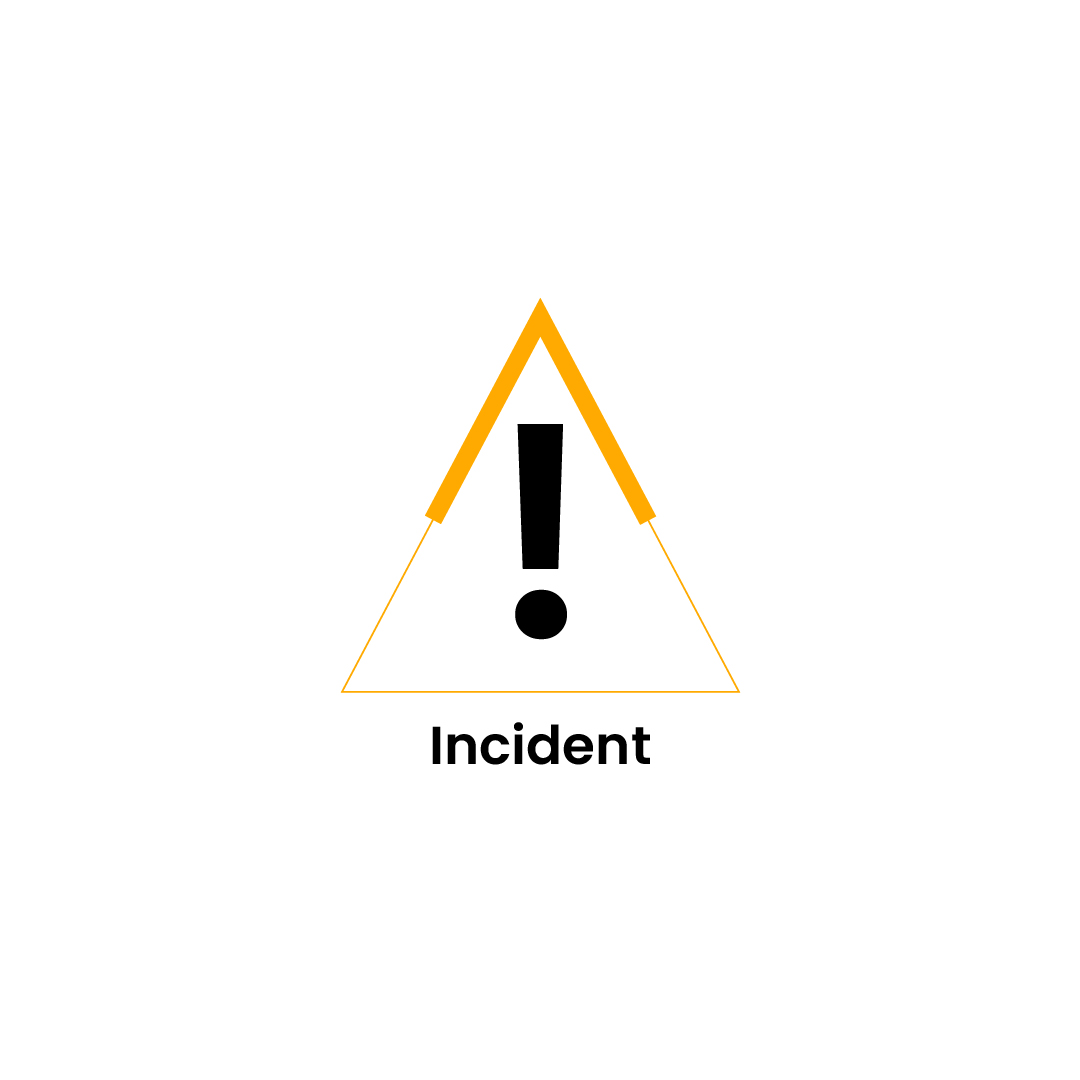
The DORA Regulation
Impacts and IT Challenges for the Financial Services Industry
The Digital Operational Resilience Act (DORA) is a regulation from the European Union aimed at ensuring the digital operational resilience of financial entities within its jurisdiction. This regulation mandates that financial institutions must have robust systems and practices in place to withstand, respond to, and recover from all types of ICT-related disruptions and threats.
Impact on the Financial Services Industry
The financial services industry faces significant changes under DORA. The regulation emphasizes continuous monitoring, incident reporting, and accountability, ensuring that digital operational resilience is embedded into the core of financial operations. This not only enhances the security and reliability of the financial services industry, but would also boosts stakeholder confidence, ensuring consumer protection and market stability. It’s like putting the (financial) systems on a fitness plan — they’ll be stronger, more resilient, and less likely to collapse after one bad day!

Comparison with Other Regulations
Like the General Data Protection Regulation (GDPR), which changed data protection rules globally, DORA raises the standard for operational resilience. While GDPR focused on protecting personal data, DORA covers the overall digital security of financial operations. Unlike Basel III, which focused on making sure banks have enough financial reserves, DORA ensures that financial institutions are not just financially strong but also secure with their technology systems.
IT Challenges Arising from DORA

1. Advanced Monitoring Systems
DORA requires investments in advanced monitoring systems capable of real-time detection and response to cyber threats. These systems need to be integrated with existing IT infrastructure, which can be complex due to the varying technologies and platforms already in use. Ensuring compatibility and seamless integration often requires custom solutions and expert knowledge, which can be costly and time intensive. Additionally, the continuous evolution of cyber threats necessitates regular updates and upgrades to the monitoring systems.

2. Incident Reporting and Management
DORA requires detailed incident reporting within strict timelines. Developing automated incident reporting systems that comply with these requirements while ensuring minimal disruption to operations is a significant challenge. The financial institutions must establish robust workflows to capture, analyze, and report incidents accurately and swiftly. This involves setting up processes for data collection, verification, and transmission, often requiring collaboration across multiple departments. The need for precise and timely reporting also puts pressure on IT teams to maintain high standards of data integrity and reliability.

3. Third-Party Risk Management
The financial services industry often relies on third-party service providers. Under DORA, they must ensure that these providers also adhere to stringent digital resilience standards. This necessitates robust third-party risk management frameworks and regular audits. The complexity arises from the need to assess and monitor the security protocols of multiple vendors, each with different levels of compliance and risk exposure. Establishing clear communication channels, setting expectations, and enforcing compliance can be challenging, especially when dealing with global partners and differing regulatory environments.

4. Continuous Training and Awareness
Ensuring that staff across all levels are aware of DORA requirements and are equipped to handle digital threats is crucial. Continuous training programs and awareness campaigns need to be implemented, adding to the operational overhead. The complexity lies in designing and delivering effective training that addresses the diverse needs of employees, ranging from IT professionals to non-technical staff. Keeping the training content up to date with the latest regulations and threat landscapes, while ensuring engagement and retention, requires significant resources and expertise.
Learning from Past Regulations
The implementation of GDPR taught us valuable lessons about the importance of early preparation, cross-functional collaboration, and continuous compliance monitoring. These insights can be applied to the challenges of DORA. By investing in technology, promoting a security-first culture, and working closely with regulators from the start, organizations can make the path to compliance much smoother.


